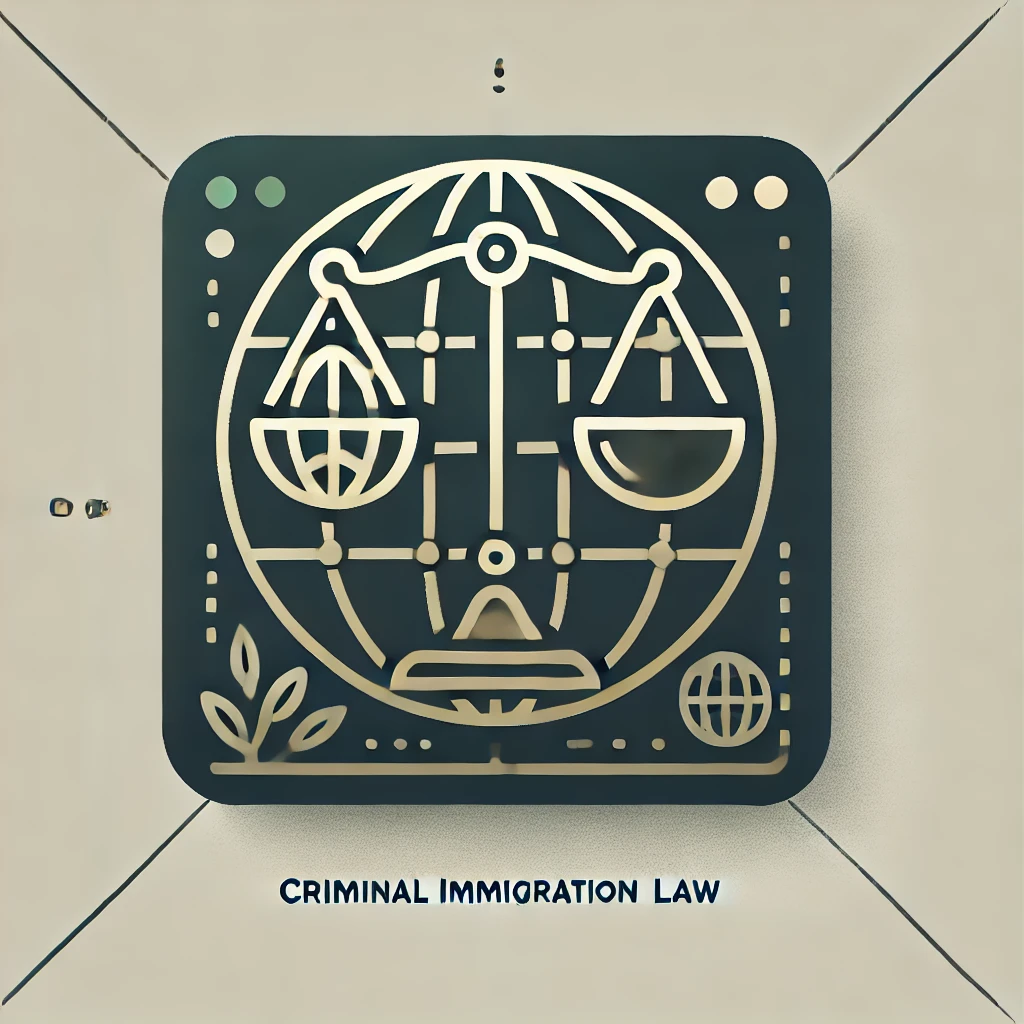Common Evidence Mistakes in K-1 Visa Petitions and How to Fix Them can be a real headache for couples trying to bring their fiancé(e) to the U.S. If you’re navigating this complex process, you know how crucial the right documentation is. Missing or incorrect evidence can delay or even derail your petition. But don’t worry — understanding these pitfalls and learning how to fix them can save you time, stress, and money.
Introduction,
Common Evidence Mistakes in K-1 Visa Petitions,
Missing or Incomplete Documents,
Insufficient Proof of Relationship,
Incorrect Formatting and Presentation,
How to Fix These Mistakes,
Additional Tips for a Strong Petition,
Key Takeaways,
Conclusion,
Related Articles
Introduction
Filing a K-1 visa petition is like building a bridge between two lives — but that bridge needs solid evidence to stand strong. Common Evidence Mistakes in K-1 Visa Petitions and How to Fix Them are often overlooked, yet they can cause frustrating delays or denials. This article will walk you through the most frequent errors and give you practical advice on how to avoid or correct them, making your journey smoother and more confident.
Common Evidence Mistakes in K-1 Visa Petitions
When it comes to Common Evidence Mistakes in K-1 Visa Petitions and How to Fix Them, there are a few recurring themes. These mistakes usually stem from misunderstandings about what USCIS expects or simple oversights. Let’s break down the most typical errors:

1. Missing or Incomplete Documents
One of the biggest pitfalls is forgetting to include all required documents or submitting incomplete forms. For example, missing signatures, outdated forms, or forgetting to include supporting evidence like birth certificates or police clearances can cause your petition to stall.
2. Insufficient Proof of Relationship
USCIS wants to see that your relationship is genuine and ongoing. Simply stating that you’re engaged isn’t enough. Couples often submit weak evidence like a few photos or a single letter. You need a variety of proof — communication logs, joint financial documents, travel records, and affidavits from friends and family.
USCIS taking too long? Discover how a Mandamus lawsuit can get your case moving.
Learn How a Writ of Mandamus Can Help3. Incorrect Formatting and Presentation
Believe it or not, how you present your evidence matters. Messy, unorganized, or poorly labeled documents can confuse the officer reviewing your case. It’s like handing over a jigsaw puzzle with missing pieces or no picture on the box — frustrating and hard to follow.
How to Fix These Mistakes
Now that we’ve identified the common errors, how do you fix them? Here’s a straightforward game plan:
- Double-check your checklist: Use USCIS’s official list and make sure every document is included and complete.
- Gather strong relationship evidence: Think beyond photos. Include chat logs, emails, travel itineraries, and joint financial accounts.
- Organize your packet: Label each document clearly, use tabs or dividers, and include a table of contents for easy navigation.
- Use certified translations: If any documents aren’t in English, get them professionally translated and certified.
- Consult an immigration attorney: They can spot missing evidence or errors you might miss and help you prepare a rock-solid petition.
Additional Tips for a Strong Petition
- Be honest and thorough: Don’t try to “over-polish” your story. Authenticity matters.
- Keep copies: Always keep a complete copy of everything you submit.
- Stay updated: Immigration rules change, so check USCIS’s website regularly.
- Prepare for the interview: Evidence is important, but so is your ability to answer questions confidently.
Key Takeaways
- Common Evidence Mistakes in K-1 Visa Petitions and How to Fix Them often involve missing documents, weak relationship proof, and poor organization.
- Strong, varied evidence of your genuine relationship is crucial to success.
- Proper formatting and clear labeling make it easier for USCIS officers to review your case.
- Professional help can prevent costly mistakes and speed up the process.
- Staying honest, thorough, and prepared will boost your chances of approval.
Conclusion
Filing a K-1 visa petition can feel like navigating a maze, especially when it comes to evidence. But remember, Common Evidence Mistakes in K-1 Visa Petitions and How to Fix Them are totally avoidable with a little care and preparation. Don’t let small errors trip you up — take the time to gather strong proof, organize it well, and seek legal advice early. Your future together is worth the effort, and getting it right the first time can save you months of stress and uncertainty.
Related Articles
- How to Prove a Genuine Relationship for K-1 Visa Approval
- Top 7 Financial Documents to Strengthen Your K-1 Visa Petition
- Step-by-Step Guide to Organizing Your K-1 Visa Evidence Packet
- Common Interview Questions for K-1 Visa Applicants and How to Answer
- How to Handle Requests for Evidence (RFEs) in K-1 Visa Cases
- Understanding USCIS’s Relationship Fraud Red Flags in K-1 Petitions
- Why Certified Translations Are Critical for K-1 Visa Documentation
- How to Use Social Media as Evidence in Your K-1 Visa Petition
- Legal Tips for Avoiding Delays in K-1 Visa Processing
- Advanced Strategies to Prove Intent to Marry in K-1 Visa Applications
